
Discover the Timeless Beauty of Higashiyama
Explore Higashiyama, Kyoto's enchanting neighbourhood filled with historical temples, traditional architecture, and cultural treasures that transport you back in time.
Higashiyama, nestled in the eastern part of Kyoto, is a treasure trove of historical and cultural wonders. This enchanting neighbourhood offers a unique glimpse into Japan's rich past, with its cobblestone streets, traditional wooden machiya houses, and serene temples. As you wander through Higashiyama, you'll feel like you've stepped back in time, surrounded by the timeless elegance of ancient Japan. The neighbourhood is home to some of Kyoto's most famous landmarks, including the stunning Kiyomizu-dera Temple, which offers breathtaking views of the city from its wooden terrace. Don't miss the chance to visit the picturesque Yasaka Shrine, a symbol of Kyoto, and the tranquil Maruyama Park, which is especially beautiful during cherry blossom season. Higashiyama is also a haven for art and culture enthusiasts. The area boasts numerous museums, traditional tea houses, and craft shops where you can watch artisans at work. Be sure to explore the charming Ninenzaka and Sannenzaka streets, lined with quaint shops selling local snacks, souvenirs, and handmade goods. Whether you're a history buff, a culture seeker, or simply looking for a serene escape, Higashiyama promises an unforgettable experience.
Local tips in Higashiyama
- Visit Kiyomizu-dera Temple early in the morning to avoid crowds and enjoy the serene atmosphere.
- Wear comfortable shoes as the cobblestone streets can be uneven and require a fair amount of walking.
- Try local delicacies like yatsuhashi (sweet mochi) and pick up some unique souvenirs from the artisan shops.
- Spend an evening in Gion, just a short walk away, to experience Kyoto's traditional entertainment district.
- Plan your visit during cherry blossom season (late March to early April) for an unforgettable experience in Maruyama Park.
Discover the Timeless Beauty of Higashiyama
Higashiyama, nestled in the eastern part of Kyoto, is a treasure trove of historical and cultural wonders. This enchanting neighbourhood offers a unique glimpse into Japan's rich past, with its cobblestone streets, traditional wooden machiya houses, and serene temples. As you wander through Higashiyama, you'll feel like you've stepped back in time, surrounded by the timeless elegance of ancient Japan. The neighbourhood is home to some of Kyoto's most famous landmarks, including the stunning Kiyomizu-dera Temple, which offers breathtaking views of the city from its wooden terrace. Don't miss the chance to visit the picturesque Yasaka Shrine, a symbol of Kyoto, and the tranquil Maruyama Park, which is especially beautiful during cherry blossom season. Higashiyama is also a haven for art and culture enthusiasts. The area boasts numerous museums, traditional tea houses, and craft shops where you can watch artisans at work. Be sure to explore the charming Ninenzaka and Sannenzaka streets, lined with quaint shops selling local snacks, souvenirs, and handmade goods. Whether you're a history buff, a culture seeker, or simply looking for a serene escape, Higashiyama promises an unforgettable experience.
Iconic landmarks you can’t miss
Fushimi Inari Taisha
Explore Fushimi Inari Taisha, Kyoto's iconic Shinto shrine adorned with thousands of stunning vermilion torii gates, a must-visit for every traveler.
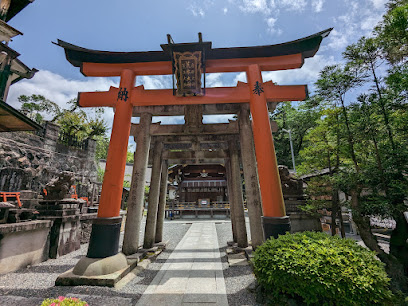
Kiyomizu-dera
Experience the breathtaking beauty and cultural heritage of Kiyomizu-dera, a must-visit Buddhist temple in Kyoto, Japan.
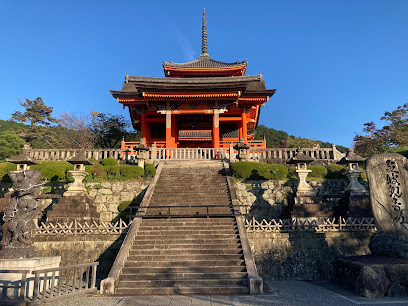
Nishiki Market
Discover the flavors and culture of Kyoto at Nishiki Market, a vibrant hub of local delicacies and traditional crafts.
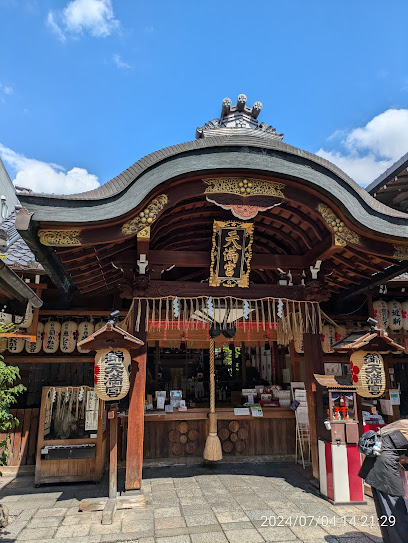
Nijō Castle
Explore Nijo Castle, a UNESCO World Heritage site, where history, beauty, and culture converge in the heart of Kyoto.
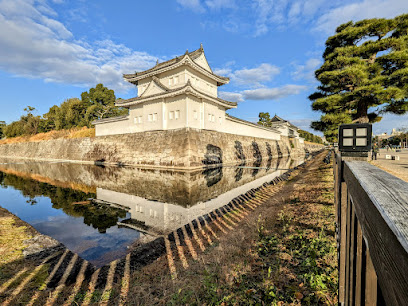
Yasaka-jinja Shrine
Experience the spiritual charm and cultural vibrancy of Yasaka-jinja Shrine, a historic Shinto landmark in Kyoto, perfect for every traveler seeking authenticity.
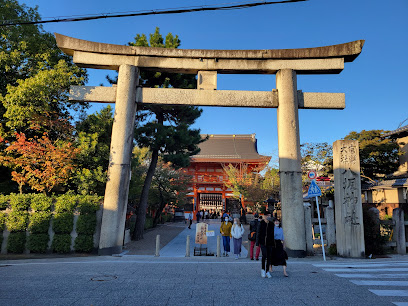
Higashiyama Jisho-ji
Discover the tranquility and beauty of Higashiyama Jisho-ji, a serene Buddhist temple in Kyoto, renowned for its exquisite gardens and rich cultural heritage.
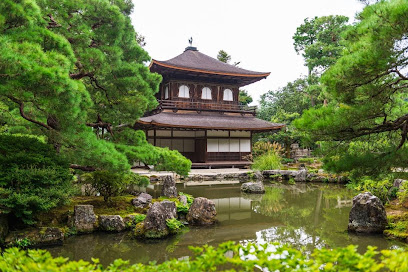
Rengeōin (Sanjūsangendō) Temple
Explore Rengein (Sanjusangendo) Temple in Kyoto, home to 1001 Kannon statues and stunning gardens, embodying tranquility and spiritual heritage.
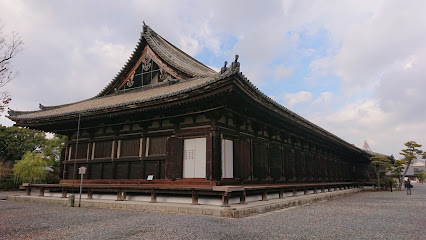
Sannenzaka
Explore Sannenzaka, a historic street in Kyoto lined with traditional shops and stunning views of Kiyomizu-dera Temple, embodying Japan's rich culture.
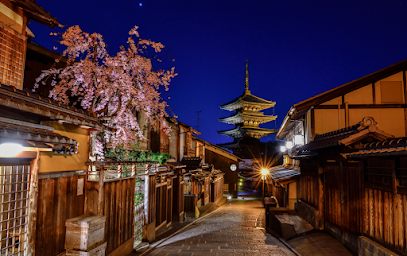
Heian-jingū Shrine
Explore the enchanting Heian-jingū Shrine in Kyoto, a serene blend of stunning architecture, beautiful gardens, and rich cultural heritage.
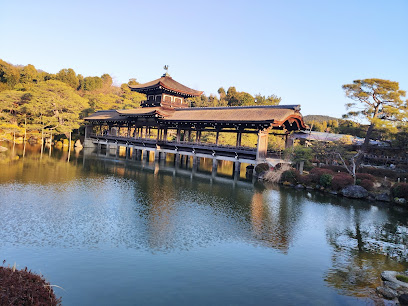
Kōdai-ji Temple
Experience the tranquil beauty and rich cultural heritage of Kōdai-ji Temple, a historic Buddhist landmark in Kyoto, Japan.
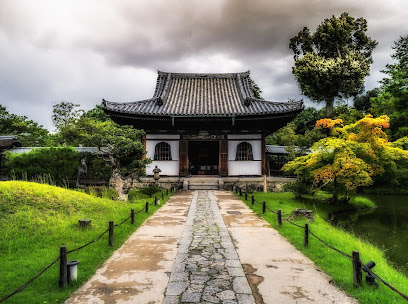
Ninenzaka
Discover the historic charm of Ninenzaka in Kyoto, where traditional wooden buildings and stunning temple views await your exploration.
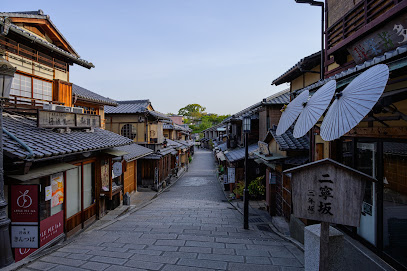
Kyoto National Museum
Explore the rich tapestry of Japanese history and art at the Kyoto National Museum, a cultural treasure in the heart of Kyoto.
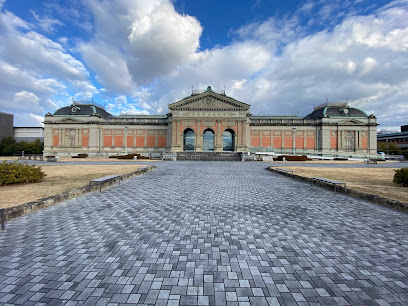
Chion-in Temple
Discover the tranquil beauty and historical significance of Chion-in Temple, a must-visit Buddhist sanctuary in the heart of Kyoto's cultural landscape.
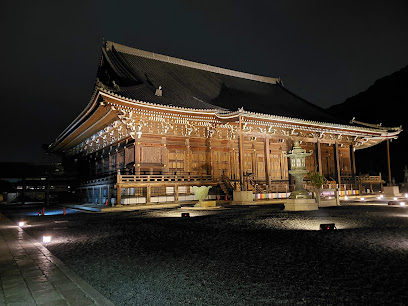
Yasui Kompiragū Shrine
Discover the Yasui Kompiragū Shrine in Kyoto - a serene Shinto shrine dedicated to enhancing relationships and offering a peaceful escape in nature.
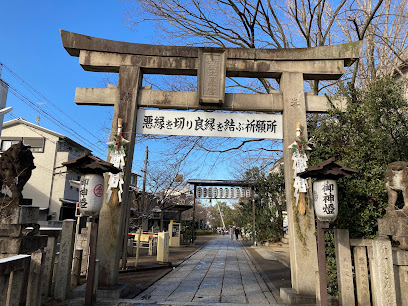
Maruyama Park
Discover the tranquil beauty of Maruyama Park in Kyoto, a serene escape with cherry blossoms, historical shrines, and lush landscapes.
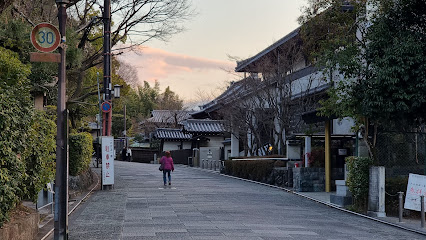
Unmissable attractions to see
Fushimi Inari Taisha
Explore the enchanting Fushimi Inari Taisha, home to thousands of torii gates, beautiful trails, and a rich spiritual heritage in Kyoto.
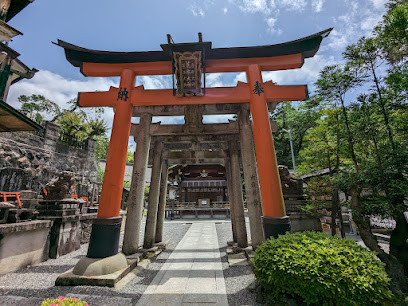
Kiyomizu-dera
Discover the breathtaking beauty and rich history of Kiyomizu-dera, a UNESCO World Heritage Site and iconic Buddhist temple in Kyoto.
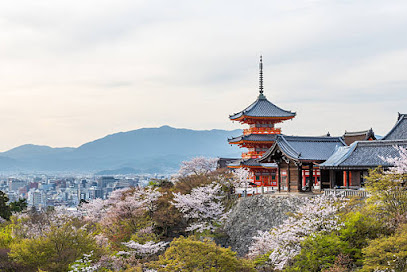
Hanamikoji Street
Discover the enchanting Hanamikoji Street in Kyoto, where tradition and beauty come together in the heart of Japan's geisha district.
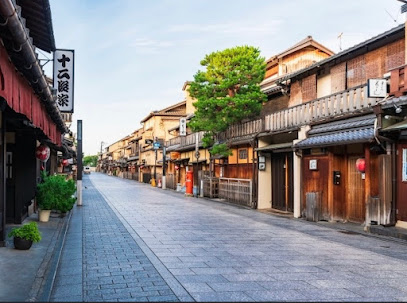
Kyoto National Museum
Explore the artistic heritage of Japan at the Kyoto National Museum, a cultural landmark showcasing centuries of exquisite art and history.
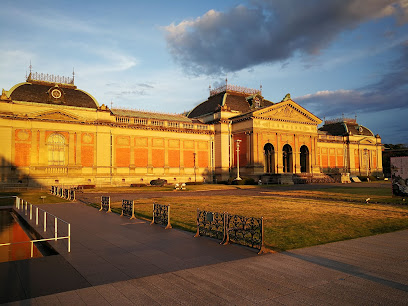
Kiyomizu-Dera Otowanotaki Falls
Experience the breathtaking beauty and cultural significance of Kiyomizu-Dera and Otowanotaki Falls, a must-visit destination in Kyoto.
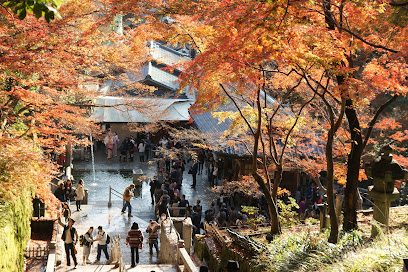
Higashiyama Mount Peak Park Observatory
Experience stunning vistas and serene nature at the Higashiyama Mount Peak Park Observatory, a must-visit attraction in Kyoto, Japan.
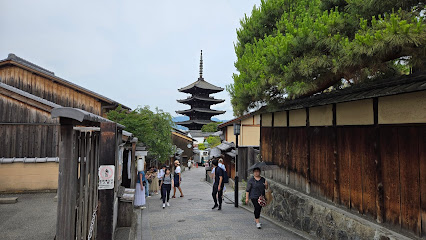
Shirakawa Lane
Explore the serene beauty of Shirakawa Lane, a historic gem in Kyoto adorned with traditional architecture and stunning natural scenery.
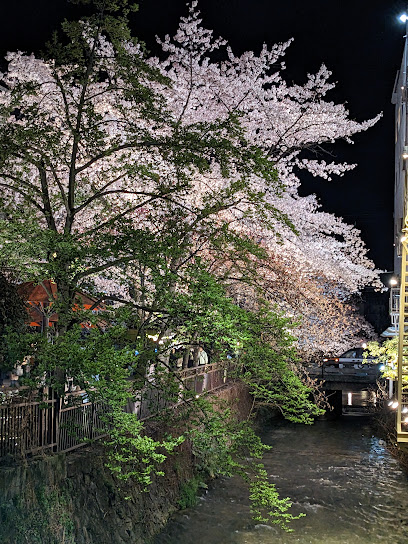
Otokozaka (Slope for Gentleman)
Discover the serene Otokozaka slope in Kyoto, leading to the magnificent Chion-in Temple, a journey through nature and culture.
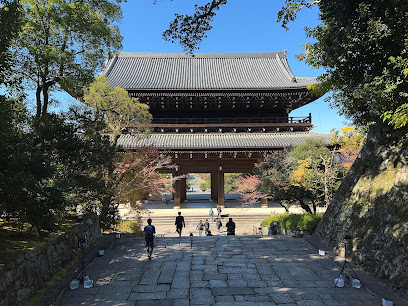
Asahi-zaka
Discover the serene beauty and rich culture of Asahi-zaka in Kyoto, a hidden treasure that enchants every visitor with its charm and history.
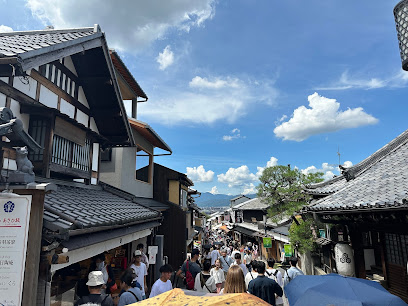
Essential places to dine
THE SODOH HIGASHIYAMA KYOTO|Restaurant
Experience exquisite Italian cuisine at The Sodoh Higashiyama Kyoto, where tradition meets modern elegance in every dish.
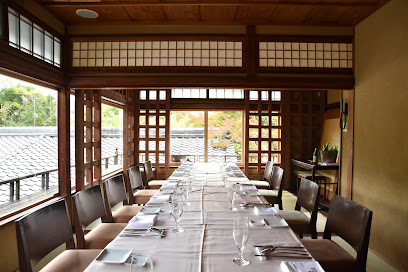
Kobe Beef Steak Restaurant MOURIYA GION
Savor the luxury of authentic Kobe beef at MOURIYA GION - where tradition meets culinary excellence in Kyoto's historic district.
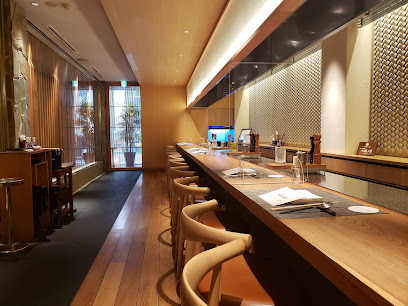
Teppan Tavern Tenamonya
Experience authentic Japanese cuisine at Teppan Tavern Tenamonya in Gion, Kyoto – where every meal is a delightful culinary performance.
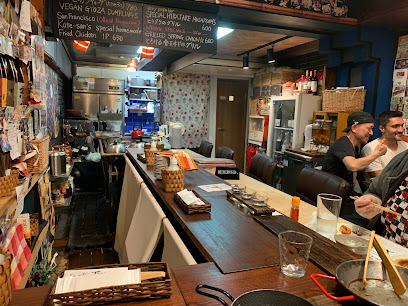
Yuba cuisine Higashiyama Yuuzu
Experience Kyoto's finest yuba cuisine at Higashiyama Yuuzu—where tradition meets creativity in every dish.
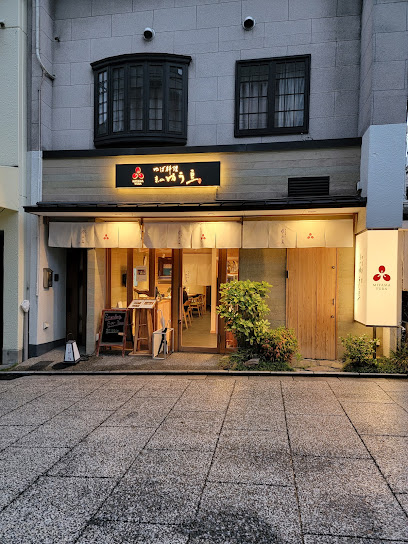
LURRA°
Experience exquisite fine dining at LURRA° in Kyoto, where local ingredients meet culinary artistry in an elegant setting.
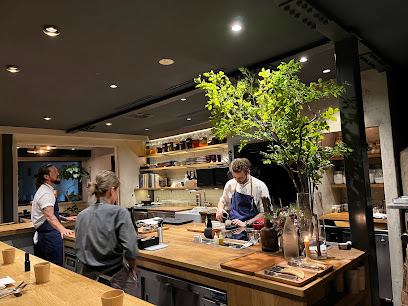
Kōdaiji Jūgyūan
Experience exquisite Japanese fine dining at Kōdaiji Jūgyūan in Kyoto, where tradition meets modern culinary artistry.
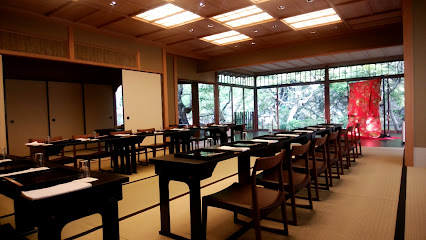
Higashiyama Garden
Experience exquisite French cuisine surrounded by serene gardens at Higashiyama Garden in Kyoto – the perfect venue for romantic dinners and special celebrations.
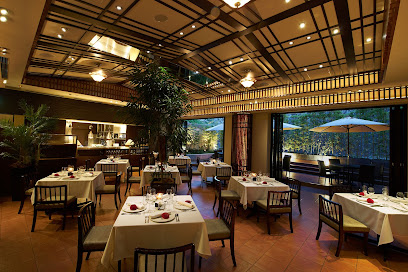
Yasakadori Enraku
Discover the art of Kaiseki dining at Yasakadori Enraku in Kyoto—where every dish is a celebration of seasonal flavors and Japanese tradition.
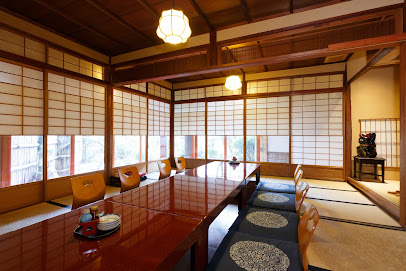
Kakyo
Experience the finest kaiseki cuisine at Kakyo in Kyoto - where tradition meets innovation in every exquisite dish.

東山 Touzan
Delight in the flavors of Kyoto at 東山 Touzan - your gateway to authentic Japanese dining experiences.
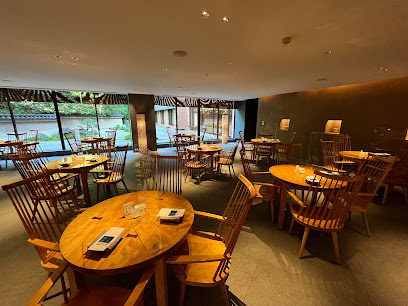
Markets, malls and hidden boutiques
Maiko Antiques Kyoto
Explore the rich heritage of Japan at Maiko Antiques Kyoto, a treasure trove of unique and authentic antiques in the heart of the city.
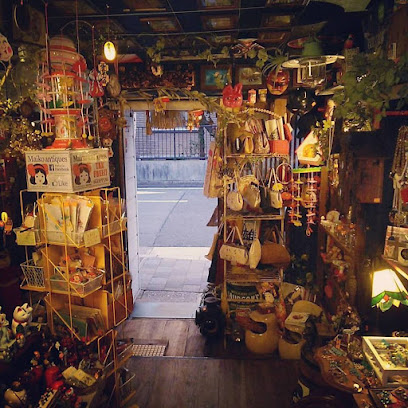
Ghibli Studios Shop Kyoto
Explore the enchanting world of Studio Ghibli at the Ghibli Studios Shop Kyoto, a must-visit for fans of animation and art.

Ki-Yan Stuzio Gion Ishidan-shita Shop
Discover Kyoto's artistic essence at Ki-Yan Stuzio Gion Ishidan-shita Shop, where clothing meets art in a charming boutique experience.
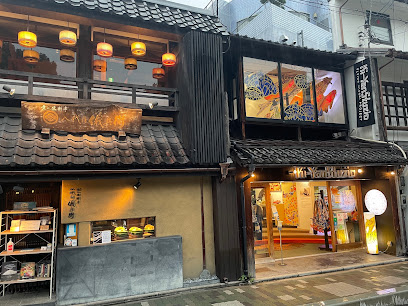
Studio Ghibli shop
Explore the enchanting world of Studio Ghibli at this delightful gift shop in Kyoto, filled with unique merchandise and magical memorabilia.
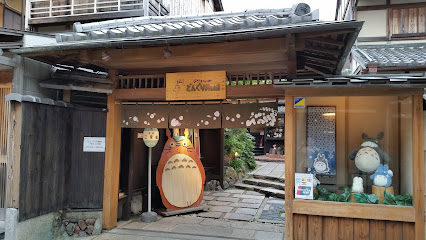
HAURA Kyoto japan
Explore the unique artistry of Japan at HAURA Kyoto, a charming general store in the heart of Higashiyama Ward.
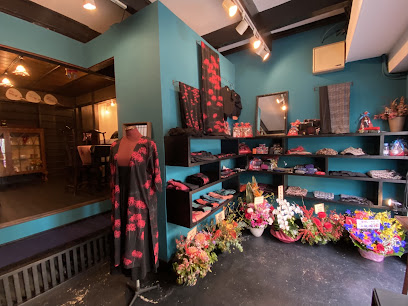
Souvenir Kyoto
Discover unique and authentic Japanese souvenirs at Souvenir Kyoto, the perfect stop for memorable gifts in the heart of the city.

Hashiya Kaede
Discover the charm of Kyoto at Hashiya Kaede, a unique gift shop specializing in playful and exquisite chopstick designs that celebrate Japanese craftsmanship.
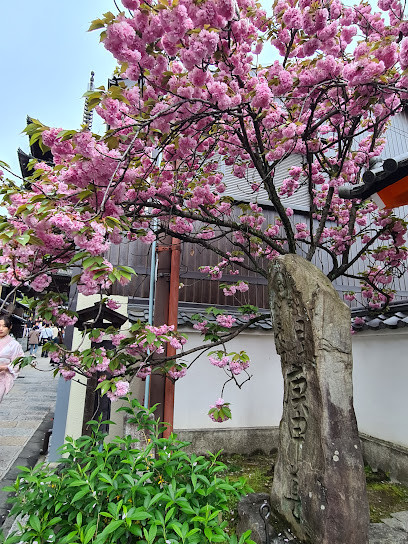
洛紙舍
Discover unique Japanese gifts and crafts at 洛紙舍, a charming shop in Kyoto’s historic Higashiyama Ward, perfect for souvenirs.
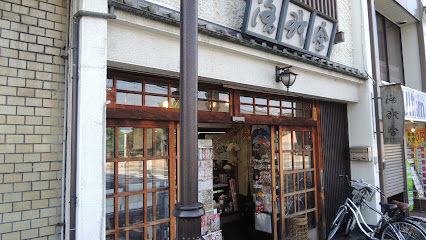
Statue kyoto
Discover authentic Japanese souvenirs and local delicacies at Kyoto's charming gift shop, a delightful stop for every traveler.
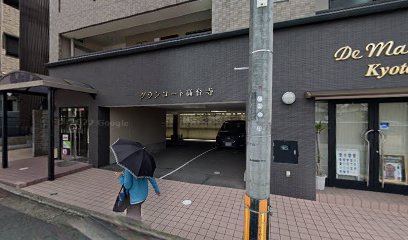
Kyoto
Explore the historic Higashiyama Ward in Kyoto, where traditional culture, stunning temples, and scenic beauty come together for an unforgettable experience.

Essential bars & hidden hideouts
Pig & Whistle
Enjoy the cozy ambiance and local brews at Pig & Whistle, a must-visit pub in Kyoto's vibrant nightlife.
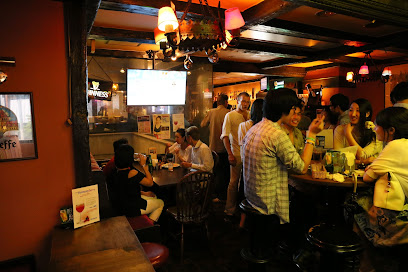
The Common One Bar Kyoto
Discover the vibrant nightlife of Kyoto at The Common One Bar, where expertly crafted cocktails and a lively ambiance await.
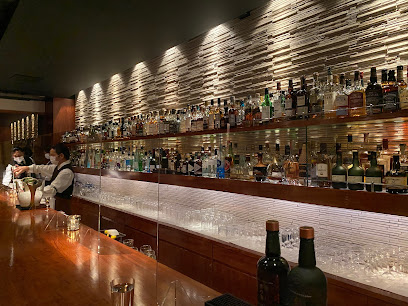
Man in the Moon Gion
Experience Kyoto's culinary charm at Man in the Moon Gion, where every grilled dish tells a story of tradition and flavor.

ROCK BAR CRUNCH
Discover the lively atmosphere of Rock Bar Crunch, Kyoto's favorite bar for cocktails and socializing amidst stunning local charm.

Bar Prost
Discover the enchanting Bar Prost in Kyoto's Higashiyama Ward, where exquisite cocktails and a cozy ambiance create the perfect nightlife experience.
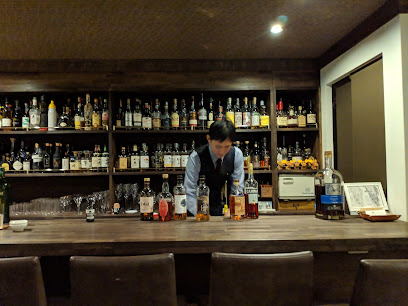
Bar Indigo
Discover Bar Indigo in Kyoto: an elegant bar offering innovative cocktails, fine wines, and premium cigars in a chic, intimate setting.
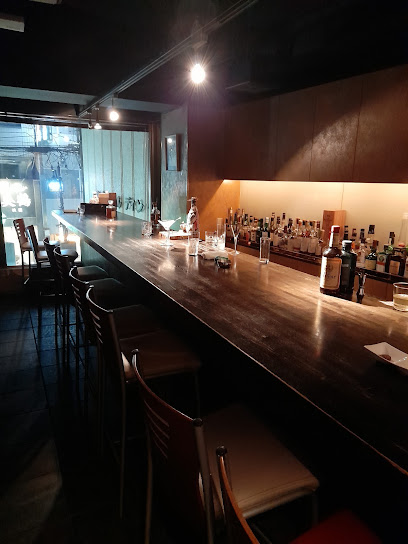
bar mousse
Experience Kyoto's nightlife at Bar Mousse, where creative cocktails and a cozy atmosphere await in the heart of the historic Higashiyama Ward.
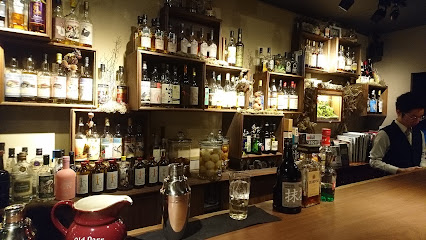
Bar Liquor Museum
Explore the rich history and artistry of Japanese spirits at the Bar Liquor Museum in Kyoto, a unique destination for enthusiasts and curious travelers.
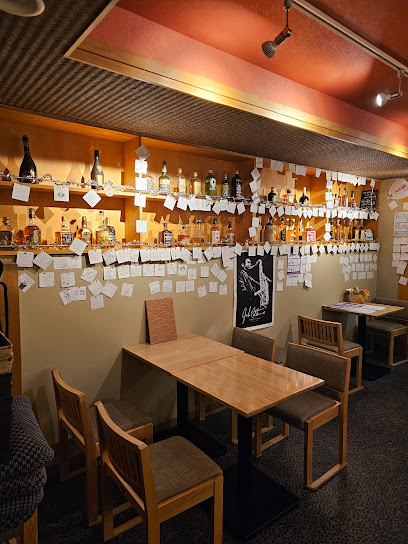
KamoTomo
KamoTomo: Experience the charm of Kyoto with American cuisine, craft beers, and a dog-friendly atmosphere.
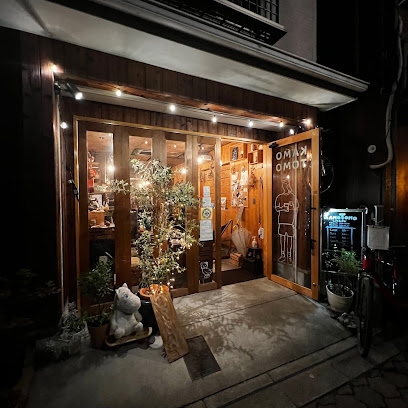
Bar HIHARA
Experience the vibrant nightlife of Kyoto at Bar HIHARA, where modern cocktails meet traditional Japanese charm in a chic setting.
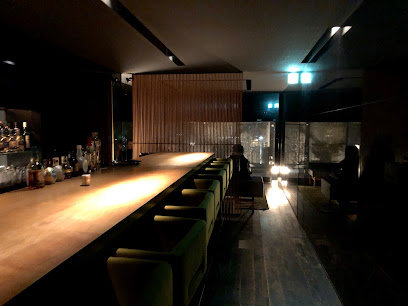
Local Phrases
-
- Helloこんにちは
[kon-ni-chi-wa] - Goodbyeさようなら
[sa-yo-u-na-ra] - Yesはい
[ha-i] - Noいいえ
[i-i-e] - Please/You're welcomeどうぞ
[do-u-zo] - Thank youありがとうございます
[a-ri-ga-to-u go-za-i-ma-su] - Excuse me/Sorryすみません
[su-mi-ma-se-n] - How are you?お元気ですか?
[o-ge-n-ki de-su ka?] - Fine. And you?元気です。あなたは?
[ge-n-ki de-su. a-na-ta wa?] - Do you speak English?英語が話せますか?
[e-i-go ga ha-na-se-ma-su ka?] - I don't understandわかりません
[wa-ka-ri-ma-se-n]
- Helloこんにちは
-
- I'd like to see the menu, pleaseメニューを見せてください
[me-n-yu-u o mi-se-te ku-da-sai] - I don't eat meat私は肉を食べません
[wa-ta-shi wa ni-ku o ta-be-ma-se-n] - Cheers!乾杯!
[ka-m-pa-i] - I would like to pay, pleaseお会計をお願いします
[o-kai-kei o o-ne-ga-i shi-ma-su]
- I'd like to see the menu, pleaseメニューを見せてください
-
- Help!助けて!
[ta-su-ke-te] - Go away!去ってください!
[sa-t-te ku-da-sa-i] - Call the Police!警察を呼んでください!
[ke-i-sa-t o yo-n-de ku-da-sa-i] - Call a doctor!医者を呼んでください!
[i-sha o yo-n-de ku-da-sa-i] - I'm lost道に迷いました
[mi-chi ni ma-ya-i-ma-shi-ta] - I'm ill具合が悪いです
[gu-a-i ga wa-ru-i de-su]
- Help!助けて!
-
- I'd like to buy...購入したいです...
[ko-u-n-yu-u shi-ta-i de-su] - I'm just looking見ているだけです
[mi-te i-ru da-ke de-su] - How much is it?いくらですか?
[i-ku-ra de-su ka?] - That's too expensiveそれは高すぎます
[so-re wa ta-ka-su-gi-ma-su] - Can you lower the price?値段を下げてもらえますか?
[ne-da-n o sa-ge-te mo-ra-e-ma-su ka?]
- I'd like to buy...購入したいです...
-
- What time is it?今何時ですか?
[i-ma na-n-ji de-su ka?] - It's one o'clock一時です
[i-chi-ji de-su] - Half past (10)十時半です
[ju-u-ji ha-n de-su] - Morning朝
[a-sa] - Afternoon午後
[go-go] - Evening夕方
[yu-u-ga-ta] - Yesterday昨日
[ki-n-o-u] - Today今日
[kyo-u] - Tomorrow明日
[a-shi-ta] - 11
[i-chi] - 22
[ni] - 33
[sa-n] - 44
[yo-n] - 55
[go] - 66
[ro-ku] - 77
[na-na] - 88
[ha-chi] - 99
[ku] - 1010
[ju-u]
- What time is it?今何時ですか?
-
- Where's a/the...?...はどこですか?
[...wa do-ko de-su ka?] - What's the address?住所は何ですか?
[ju-u-sho wa na-n de-su ka?] - Can you show me (on the map)?地図で見せてもらえますか?
[chi-zu de mi-se-te mo-ra-e-ma-su ka?] - When's the next (bus)?次のバスはいつですか?
[tsu-gi no ba-su wa i-tsu de-su ka?] - A ticket (to ....)...までのチケット
[...ma-de no chi-ke-t-to]
- Where's a/the...?...はどこですか?
History of Higashiyama
-
Higashiyama, meaning 'Eastern Mountain,' emerged as a vital cultural and religious center in the 8th century during the Heian Period. The area became a prominent location for temples and shrines, reflecting the growing influence of Buddhism, which was introduced to Japan from China. Notable temples such as Kiyomizu-dera and Sanjusangendo were established, attracting pilgrims and scholars alike.
-
During the Edo Period (1603-1868), Higashiyama experienced a cultural renaissance. The establishment of the 'Higashiyama Culture' saw the rise of tea ceremonies, Noh theater, and traditional crafts. The area became home to artists and craftsmen, contributing to the development of Kyoto's unique aesthetic. The neighborhood's picturesque streets and historic architecture remain a testament to this vibrant cultural scene.
-
In the early 20th century, Higashiyama faced the challenges of modernization. However, efforts were made to preserve its historical significance. The founding of the Kyoto City Museum of Art in 1933 marked a commitment to cultural preservation. The neighborhood retained its charm even as the surrounding areas underwent rapid urbanization, maintaining its status as a cultural hub.
-
The aftermath of World War II brought significant changes to Higashiyama. The 1950s and 60s saw a surge in domestic tourism as people sought to reconnect with Japan's cultural heritage. The restoration of historical sites and the promotion of traditional arts led to an increased appreciation for the neighborhood's unique character. Higashiyama became a focal point for both national and international visitors.
-
Today, Higashiyama stands as a vibrant community where tradition and modernity coexist. The area is a UNESCO World Heritage Site, recognized for its historical significance and well-preserved architecture. Contemporary art galleries, boutique shops, and cafes complement the ancient temples and historic streets, making Higashiyama a must-visit destination for anyone looking to experience Kyoto's rich cultural tapestry.
Higashiyama Essentials
-
Higashiyama is well-connected to other neighborhoods in Kyoto. From Kyoto Station, take the Karasuma Subway Line to Kiyomizu-gojo Station. From there, you can walk to the main attractions. Alternatively, take bus number 100 or 206 from Kyoto Station, which directly serves the Higashiyama area. For those coming from Gion, it's a pleasant 15 to 20-minute walk to the southern part of Higashiyama.
-
Higashiyama is best explored on foot due to its narrow streets and beautiful scenery. Public buses are available for longer distances, with routes connecting major sites. Bicycles can be rented from nearby shops and are a great way to navigate the area. Taxis are also available but can be more expensive. Be aware that some areas may be steep, so wear comfortable shoes.
-
Higashiyama is considered a safe neighborhood for tourists, with low crime rates. However, standard precautions are advised. While there are no specific high-crime areas targeting tourists, petty crimes like pickpocketing can occur in crowded areas. Stay vigilant in busy tourist spots like Kiyomizu-dera and Ninenzaka.
-
In case of an emergency, dial 110 for police assistance or 119 for fire and medical emergencies. Familiarize yourself with the location of the nearest hospital or clinic. Most hospitals in Kyoto have English-speaking staff. It is advisable to have travel insurance that covers medical emergencies. Pharmacies are available throughout Higashiyama for over-the-counter medication.
-
Fashion: Do dress modestly, especially when visiting temples. Don’t wear overly revealing clothing. Religion: Do respect local customs, such as bowing slightly when entering temples. Don’t take photos where it's prohibited. Public Transport: Do be polite and offer your seat to the elderly. Don’t talk loudly. Greetings: Do greet with a slight bow. Don’t initiate a handshake unless the other person does first. Eating & Drinking: Do try local specialties such as yudofu. Don’t eat while walking.
-
To experience Higashiyama like a local, visit the small tea houses and artisan shops tucked away in the side streets. Engage with local artisans who often welcome visitors for demonstrations. Try to visit during the early morning or late afternoon to avoid crowds. Participate in a traditional tea ceremony for a unique cultural experience. Explore less-traveled paths to discover hidden shrines and gardens.
Nearby Cities to Higashiyama
-
Things To Do in Nara
-
Things To Do in Osaka
-
Things To Do in Nagoya
-
Things To Do in Kanazawa
-
Things To Do in Hiroshima
-
Things To Do in Tokyo
-
Things To Do in Fukuoka
-
Things To Do in Ulsan
-
Things To Do in Pohang
-
Things To Do in Gyeongju
-
Things To Do in Busan
-
Things To Do in Andong
-
Things To Do in Daegu
-
Things To Do in Suncheon
-
Things To Do in Daejeon











